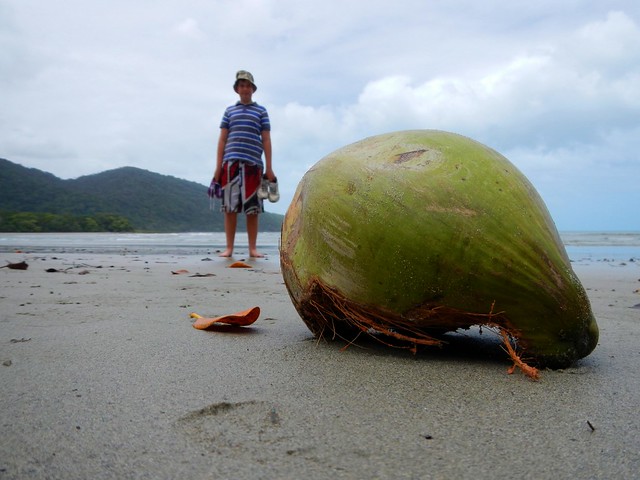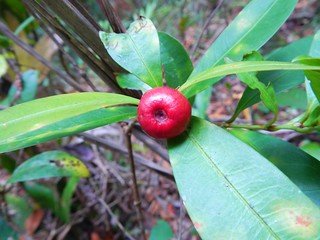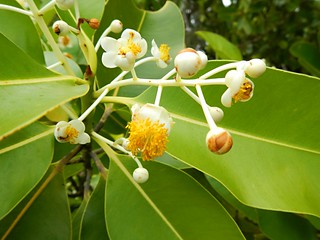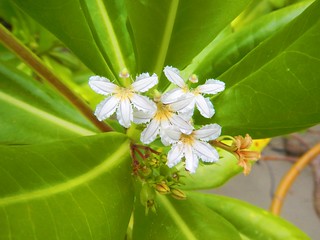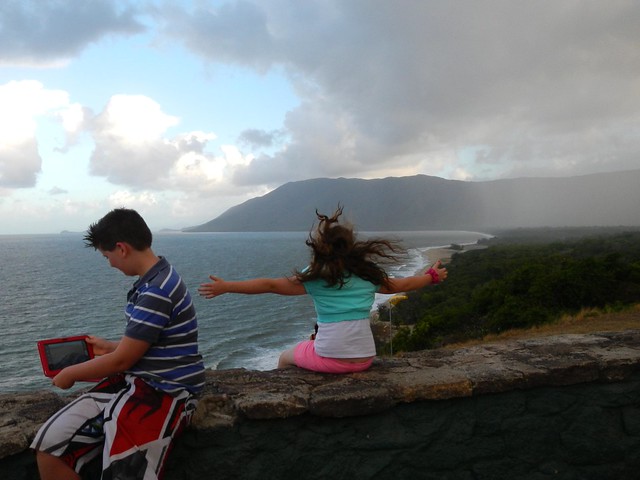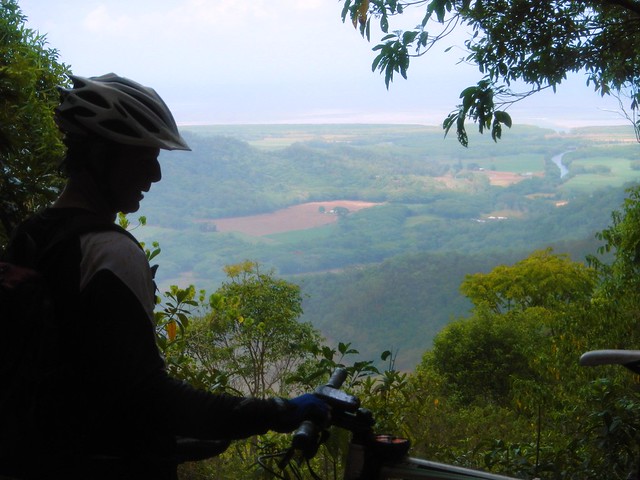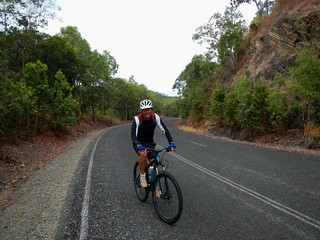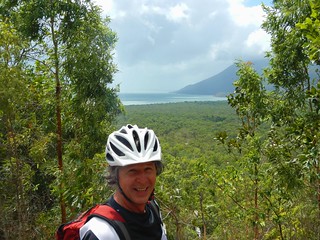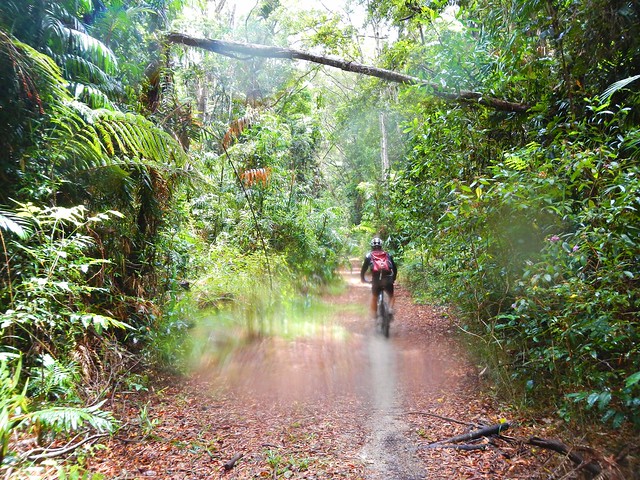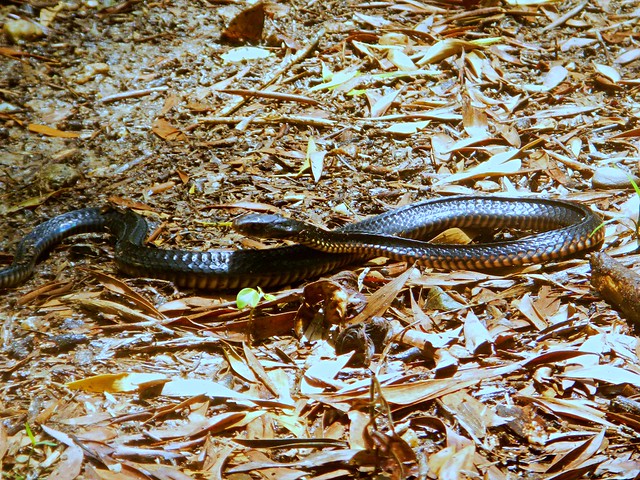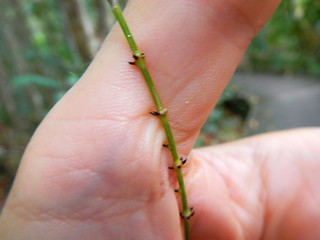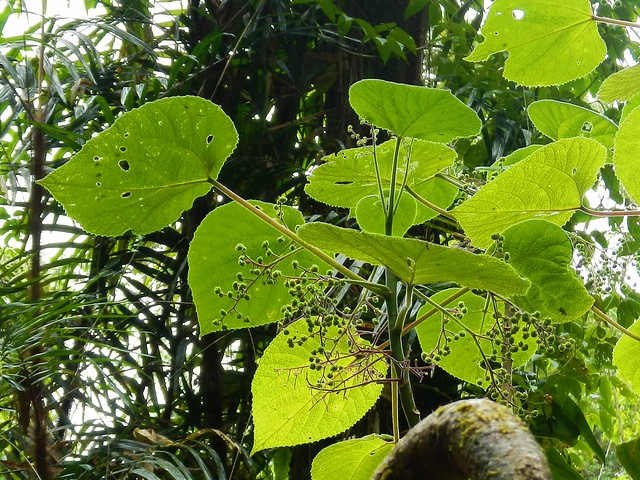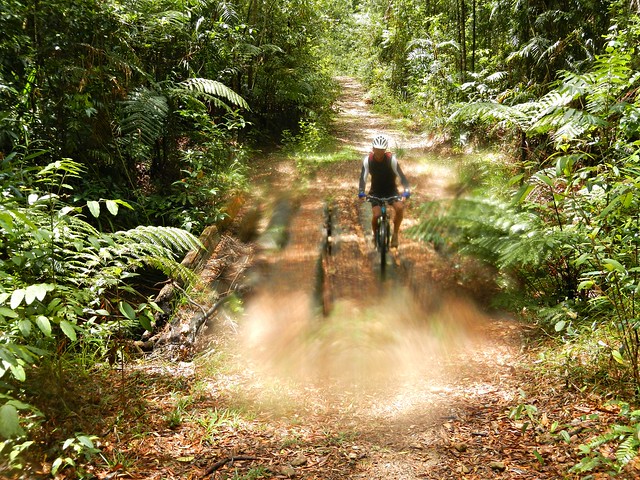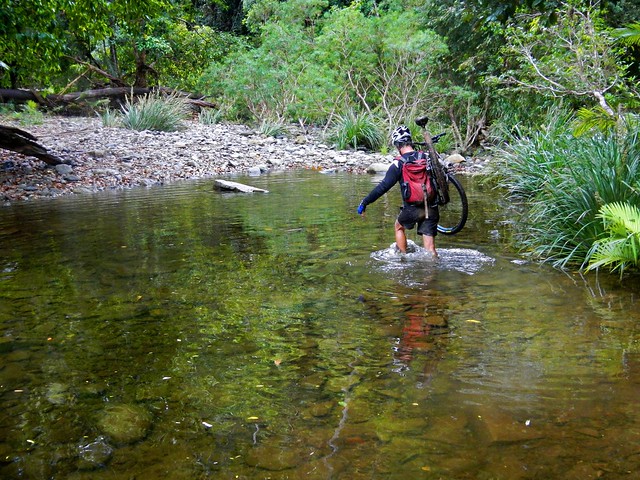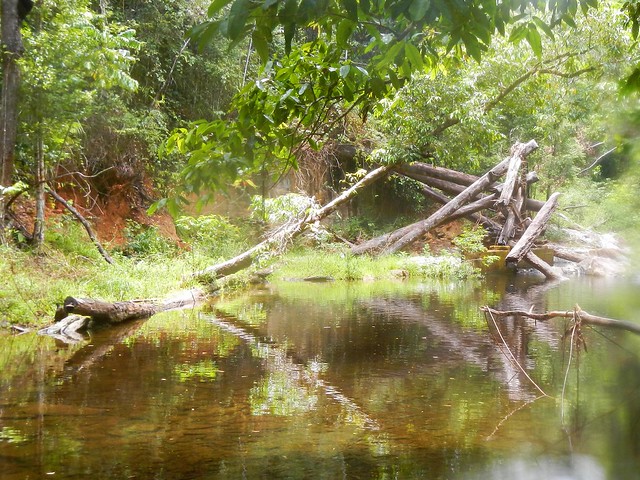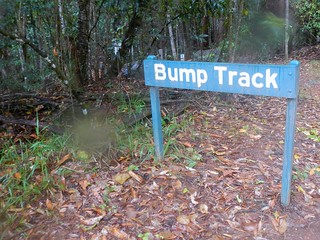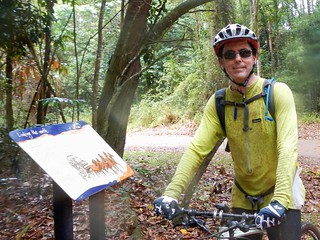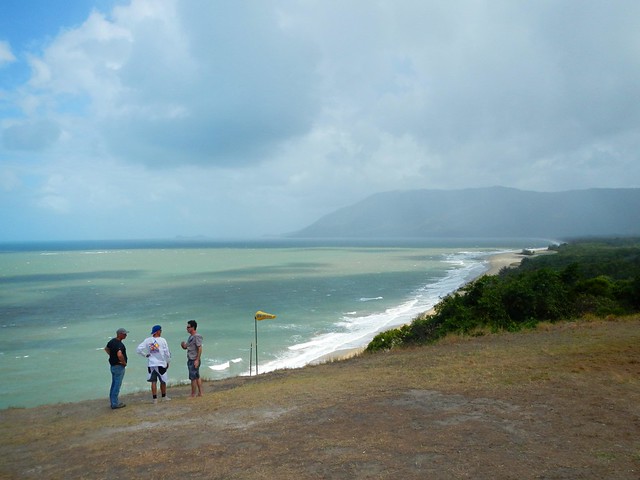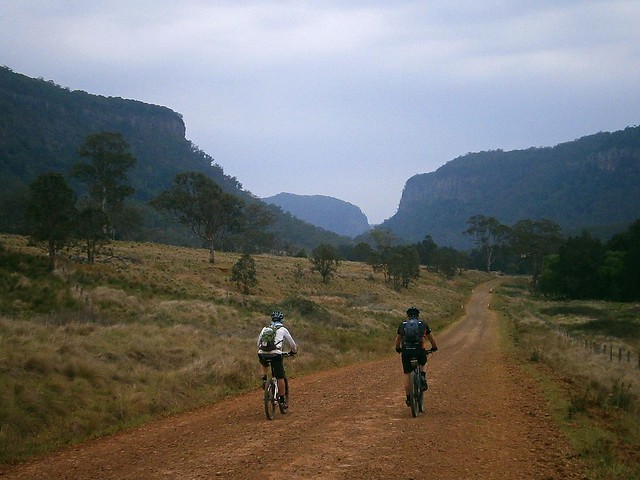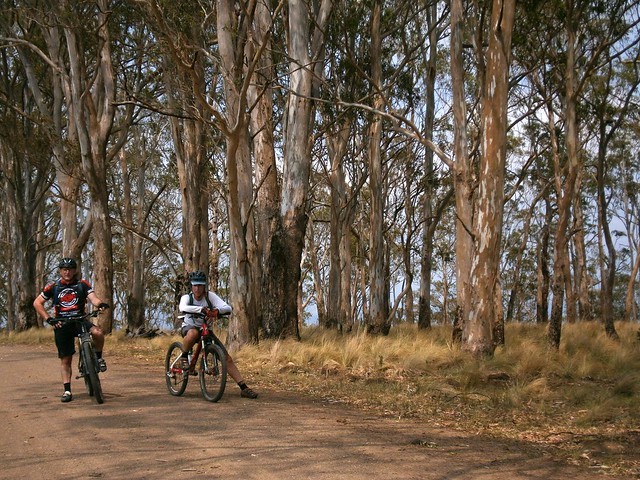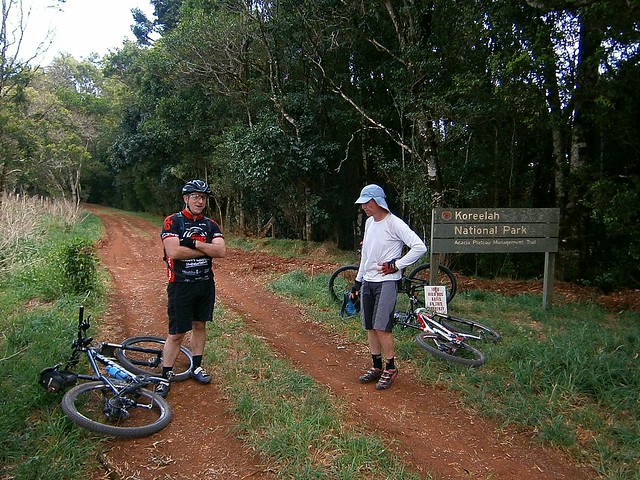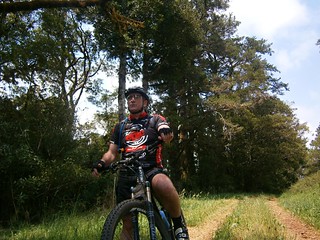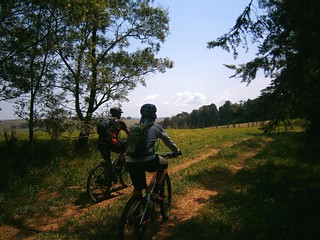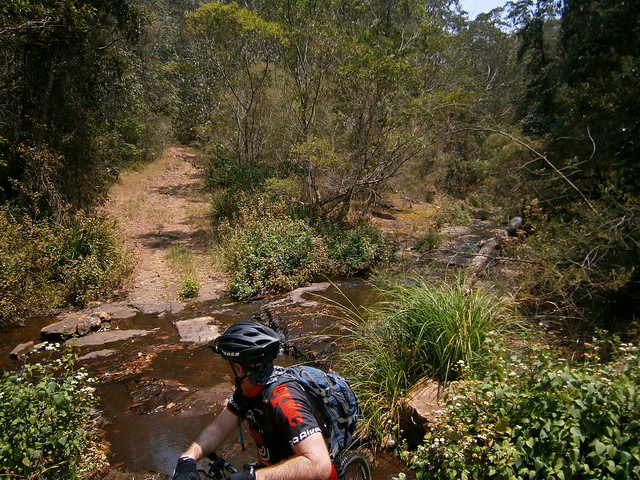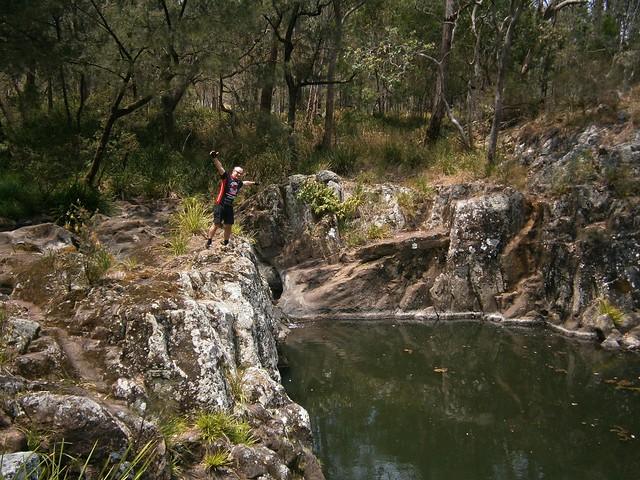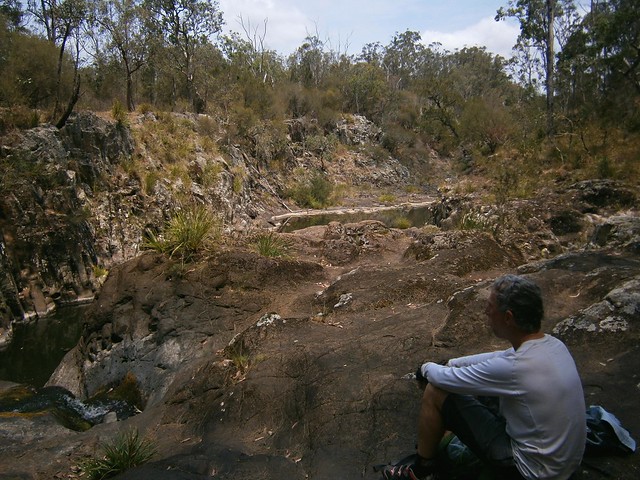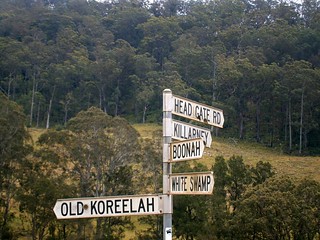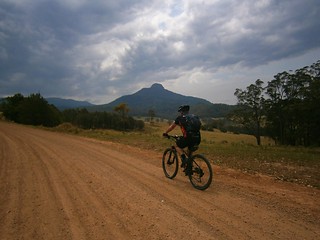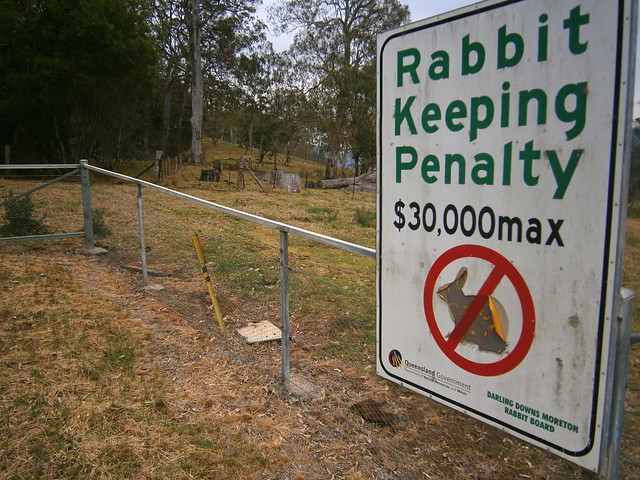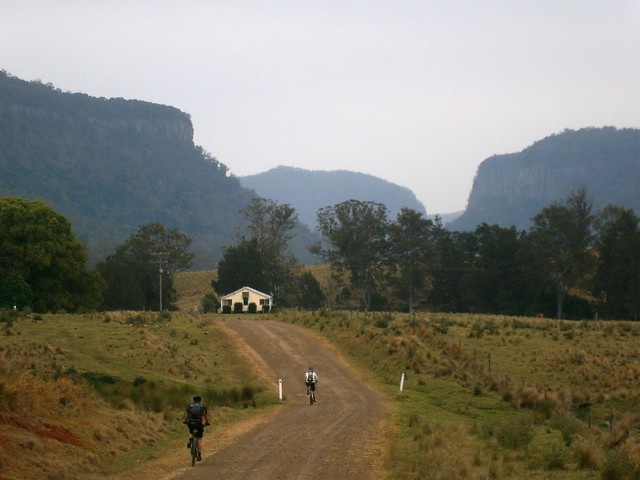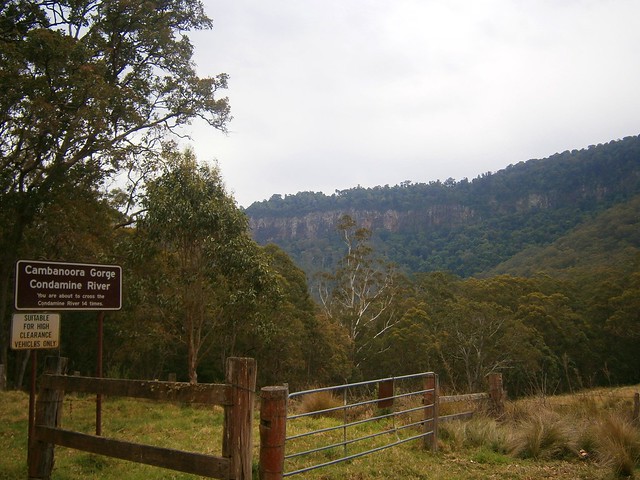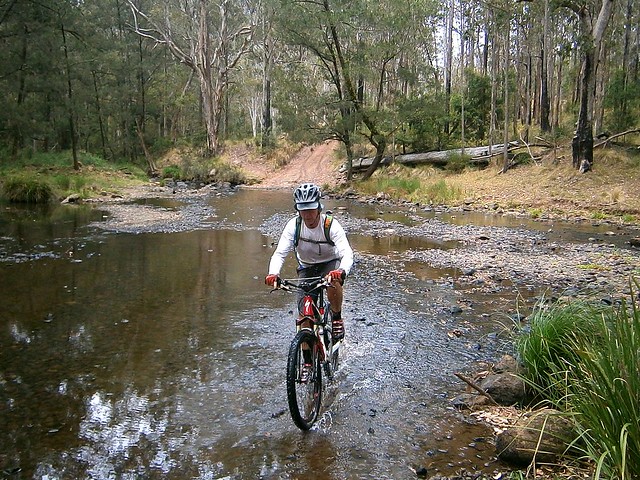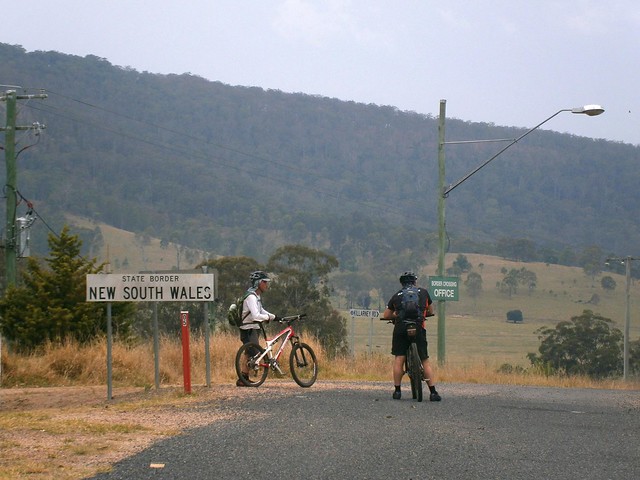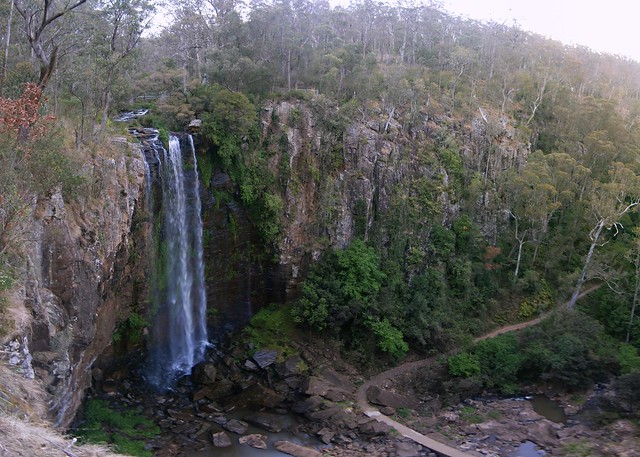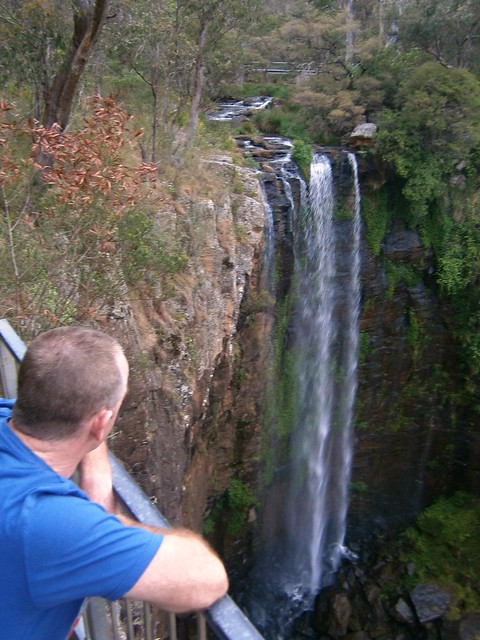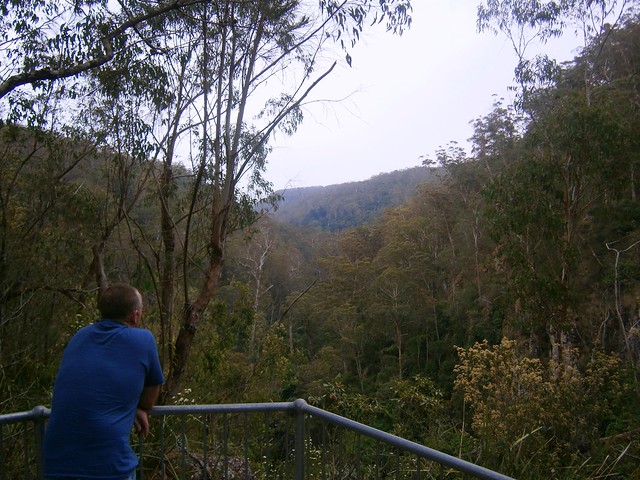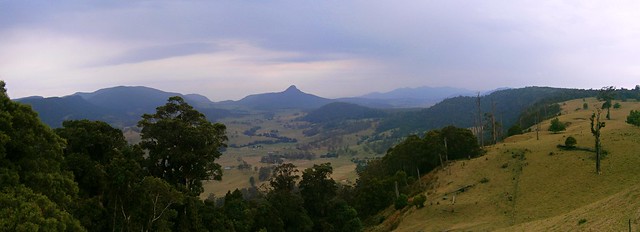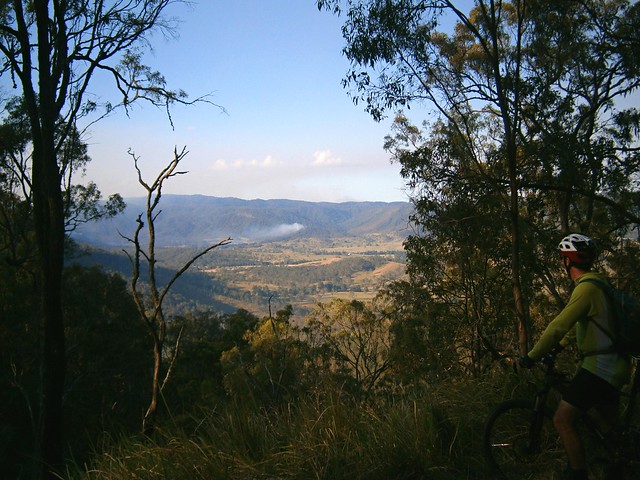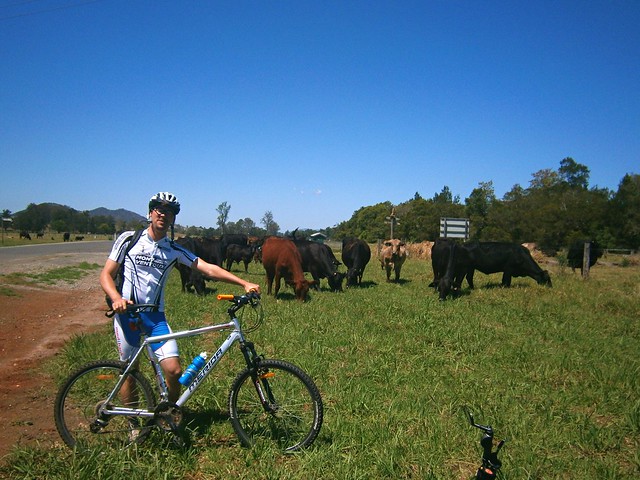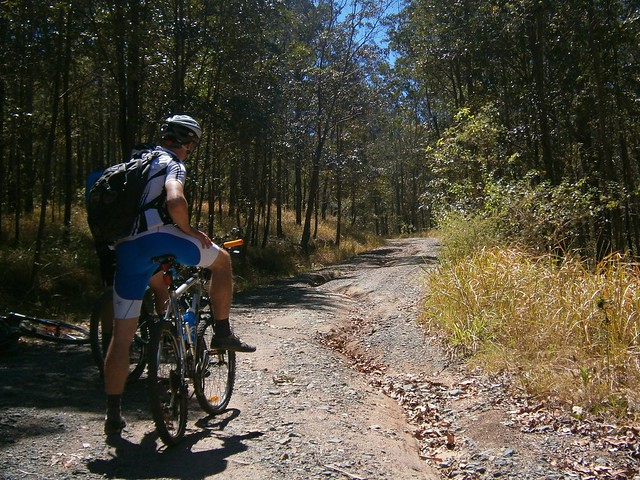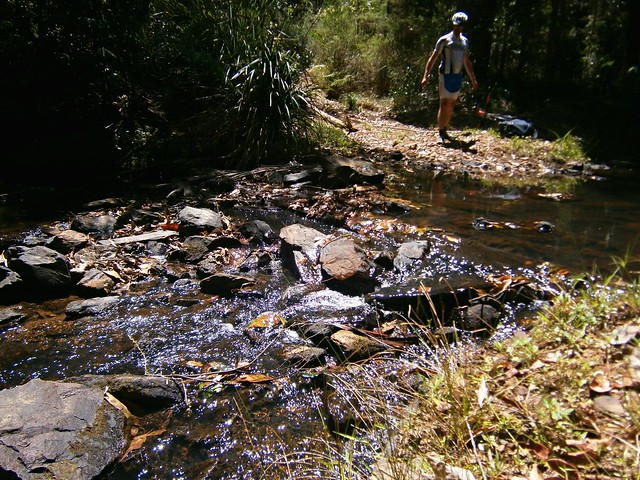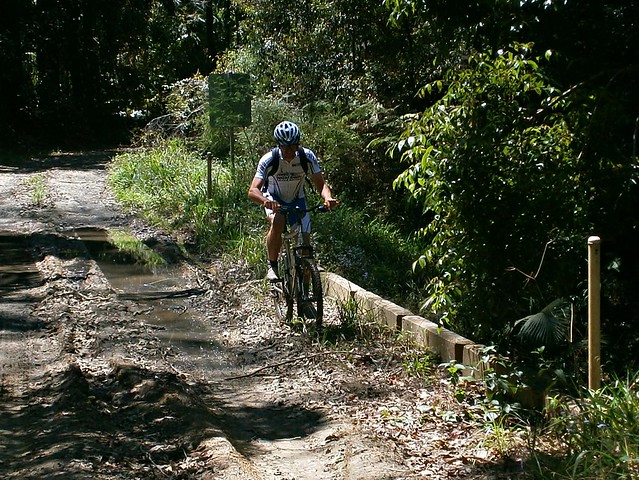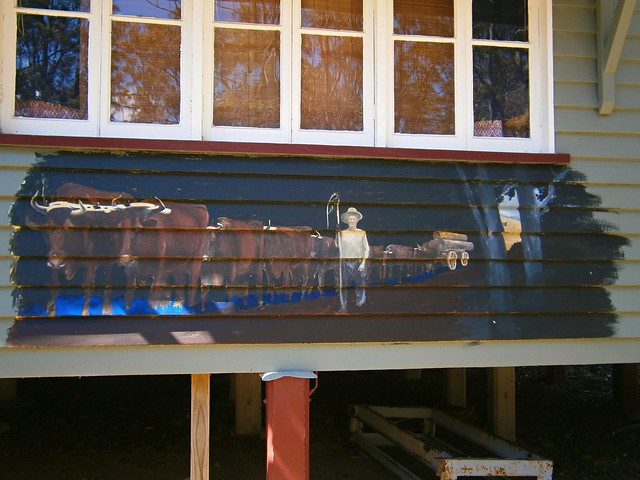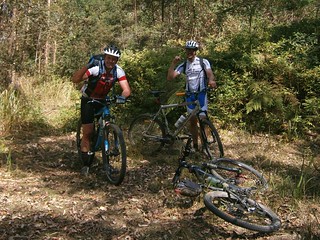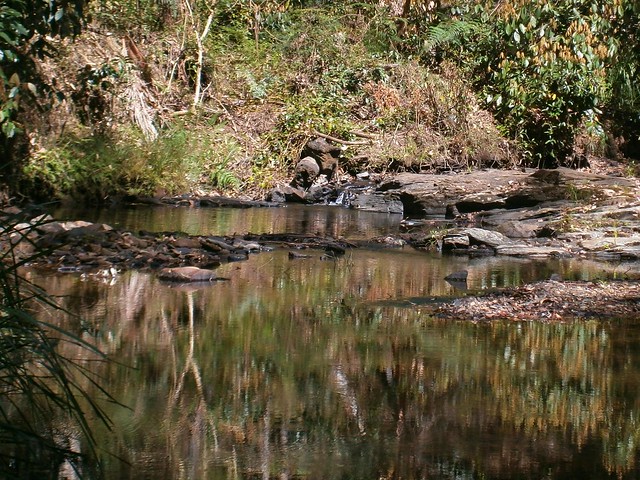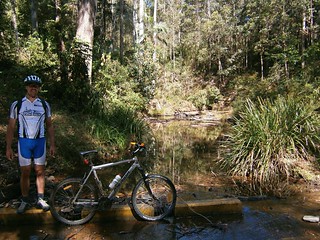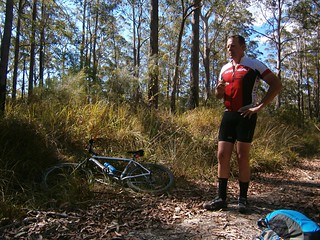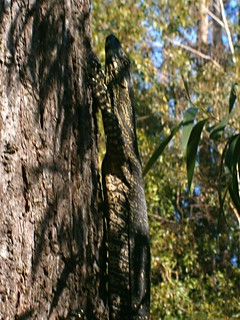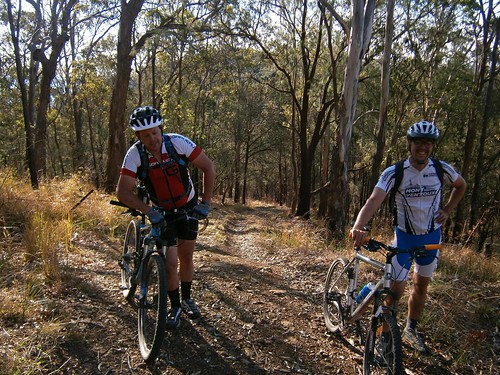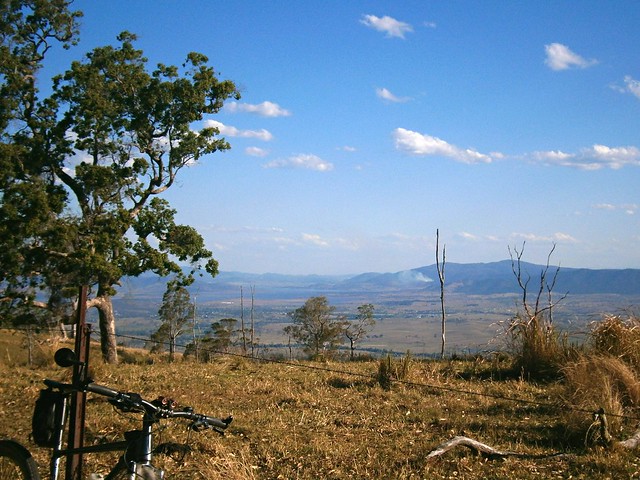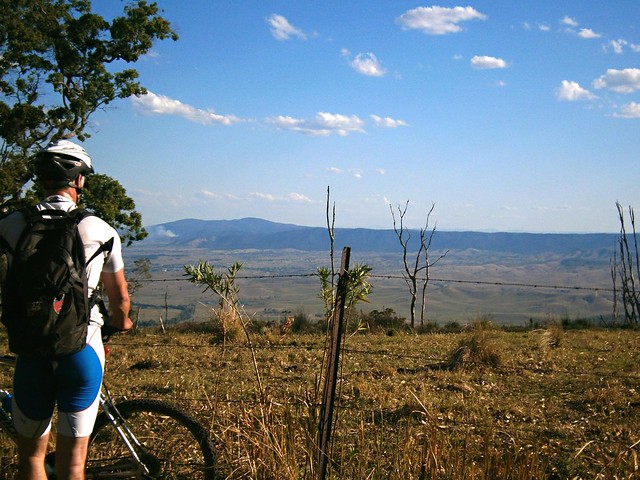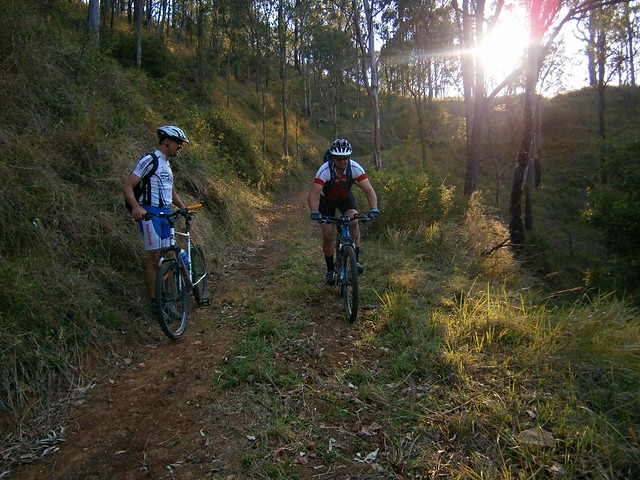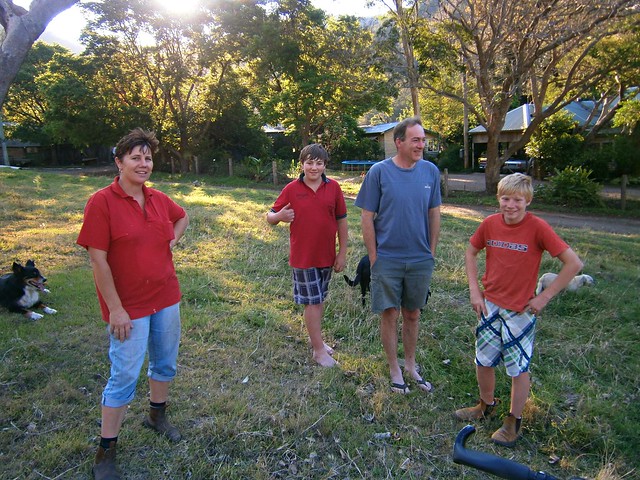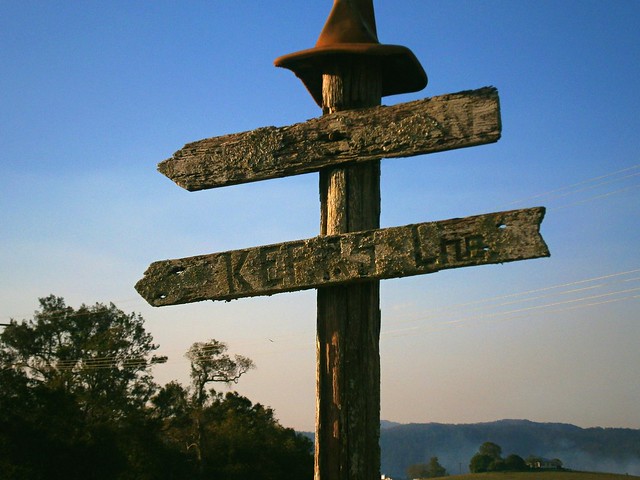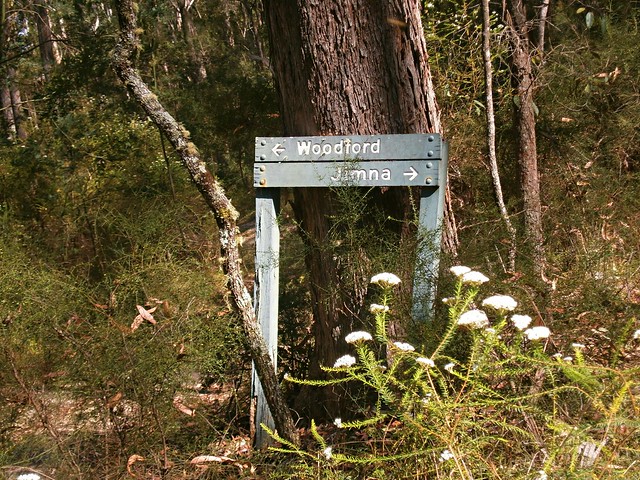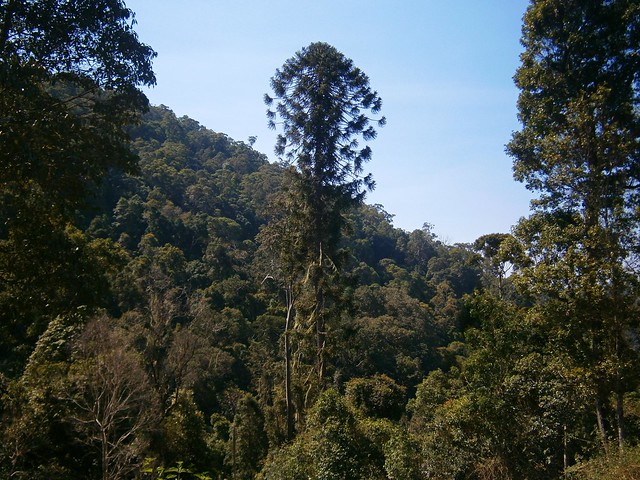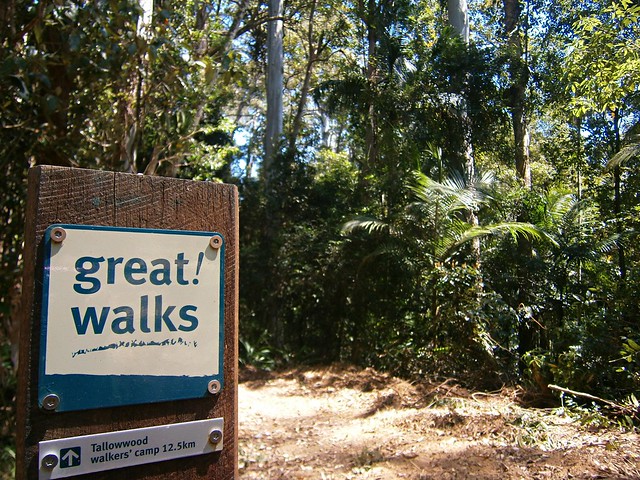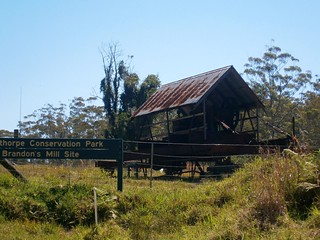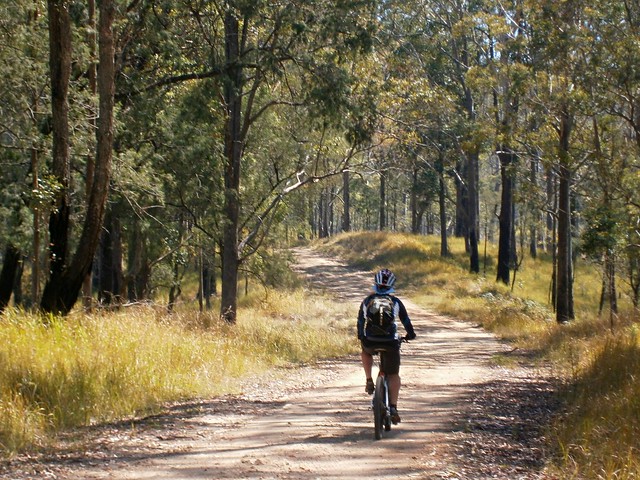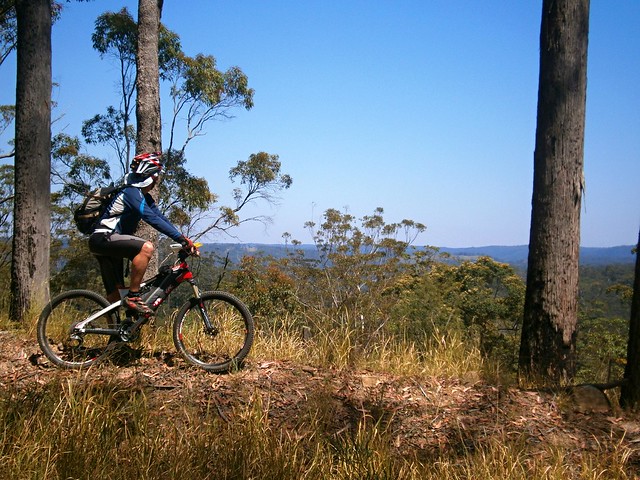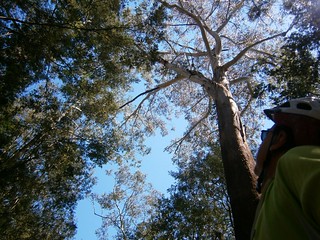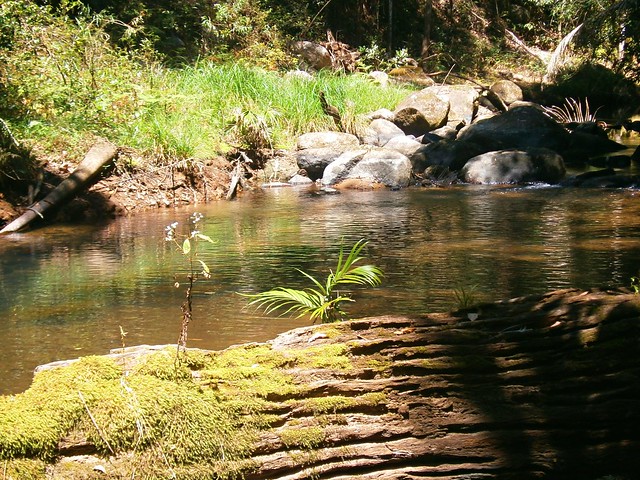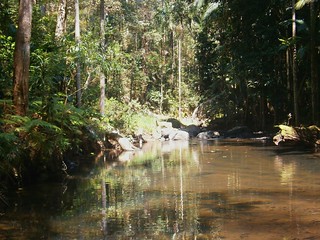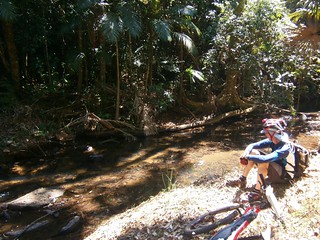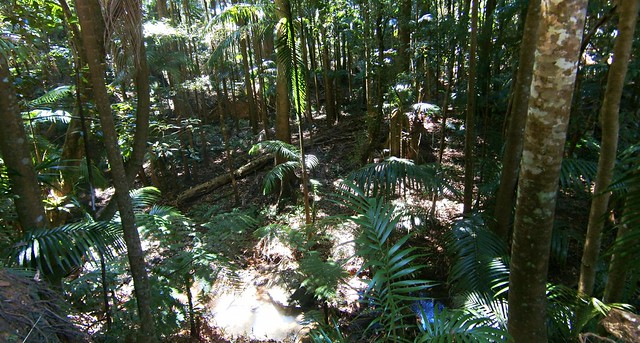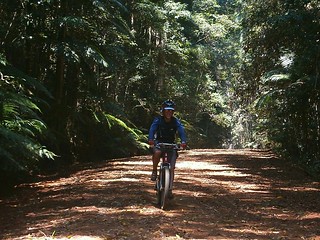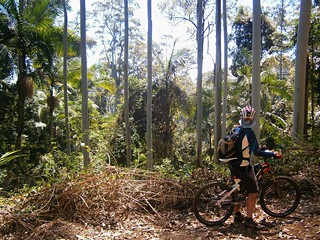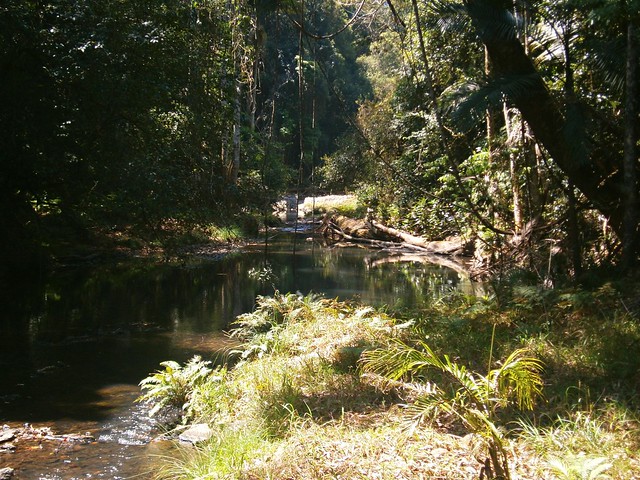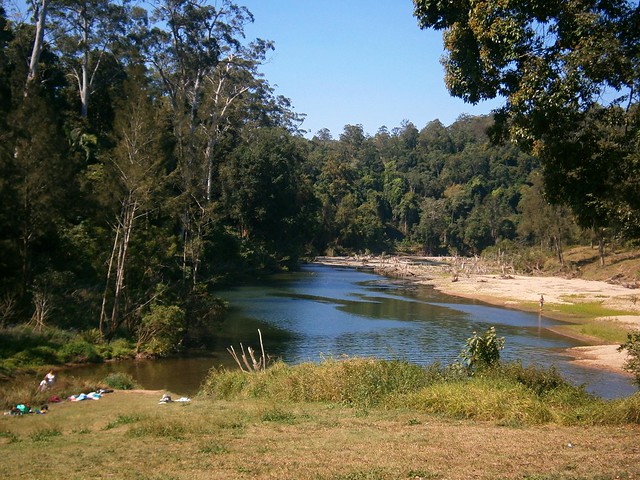Daintree National Park is a special place. I could tell you lots of facts about it, and show you lots of pictures, but none of that would convey the wonder of the place and its stunning beauty.
I have no doubt why this place is sacred to the Kuku Yulanji Aboriginal People. Their traditional country stretches from Mossman in the south almost as far as Cooktown in the north and as far west as Chillagoe on the other side of the Great Dividing Range on Cape York.
The rainforest in this part of the world is over 100 million years old, making it the oldest rainforest on our planet. It survived this long because while other continents were slowly drifting around the planet from hotter to cooler climates (or vice versa), the wet tropics of North Queensland stayed reasonably close to the same latitude for most of that time, with a fairly consistent climate. This meant that species of plants and animals that died out in other parts of the world, stayed alive here. This extensive biodiversity is what sets the Daintree Rainforest apart from almost any other place on earth.

It’s difficult to get to the Daintree. For starters, it’s over 1,500 km North-West of Brisbane. And you can’t easily drive there because there’s no bridge over the crocodile infested Daintree River. You have to catch a ferry. Thankfully, the ferry leaves every 10 to 15 minutes. But the roads are steep and twisty, so it’s a slow drive. You’ll have to take your time.
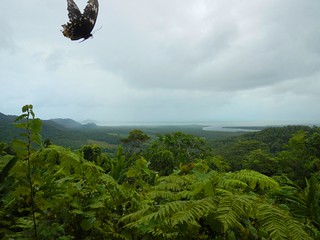
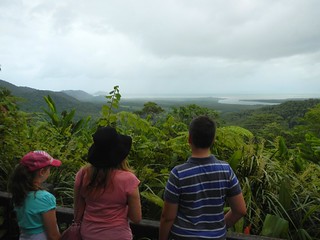
Our first stop after climbing the range was Alexandra Lookout. This gives great views to the east over the forest allowing you to see where the Daintree River meets the sea. It’s also a good place to get photos of butterflies trying to get their face on a photo 🙂
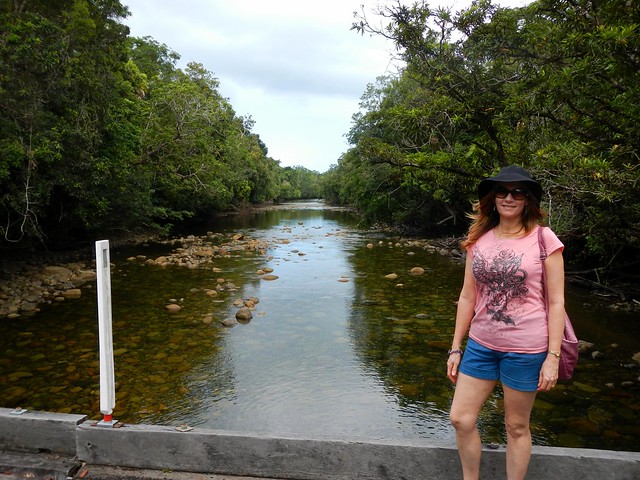
From there we drove north, past a tea plantation and over numerous speed bumps (to stop you hitting cassowaries) to Noah Creek. The bridge is narrow, so there’s no room for pedestrians. To get a picture of the babbling creek we had to park the car, run quickly onto the bridge, take the photo, then get back off the bridge before the next car came round the corner. I think we managed it with a few seconds to spare.


Cape Tribulation was the furthest north we could go in the hire car. After this, the bitumen stops, and the road turns into a 4wd track. At Cape Trib the rainforest reaches down from the mountains right to the edge of the beach. What a beautiful place!
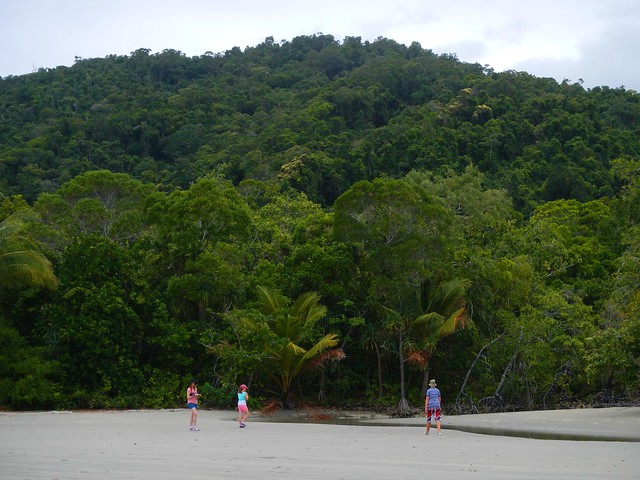
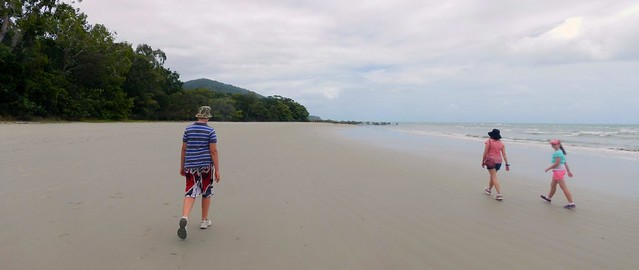
We decided to go for a wander up the beach to see what we could find. I don’t think we were looking for anything in particular. We just wanted to soak it all up.
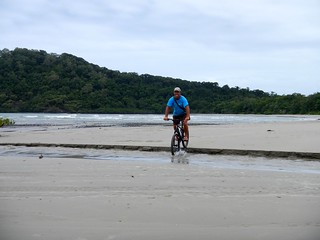
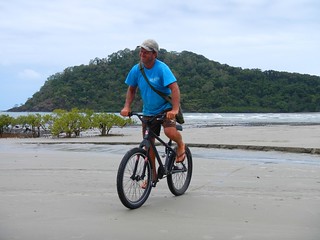
This mountain biker had the right idea. A simple single-speed rig with no suspension, nice fat tyres and “low tech” rubber footwear. Just the trick for riding on the beach.

Dubuji is a Boardwalk through the forest that gives you an idea of the biodiversity of the area. I was amazed to look down from the walk into shallow creeks and see numerous fish over 30cm (1 foot) long, just quietly sitting the shallows.
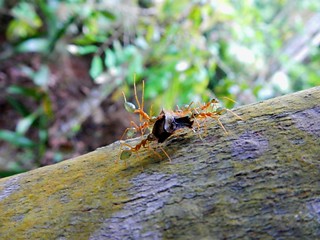

The colors and variety of the wildlife were stunning…
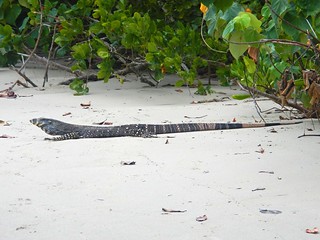
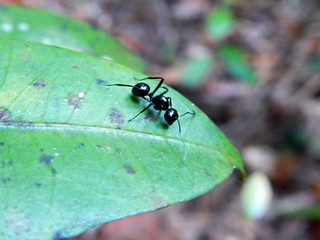
It didn’t matter where we looked – the place was teeming with life…
The rainforest here grows on the sand, which is extremely rare. The Kuku Yalanji people named this place “Dubuji” which means “Place of spirits”. They have stories about many specific places only several metres from the boardwalk.

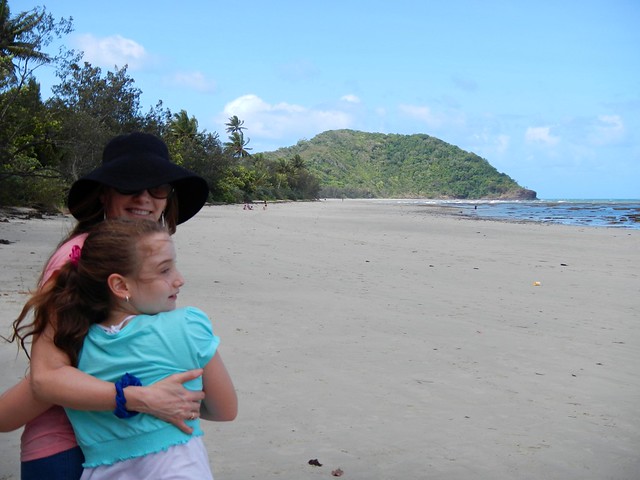
As we slowly made our way back south towards our starting point we stopped at a few different places along the way to have a look around.
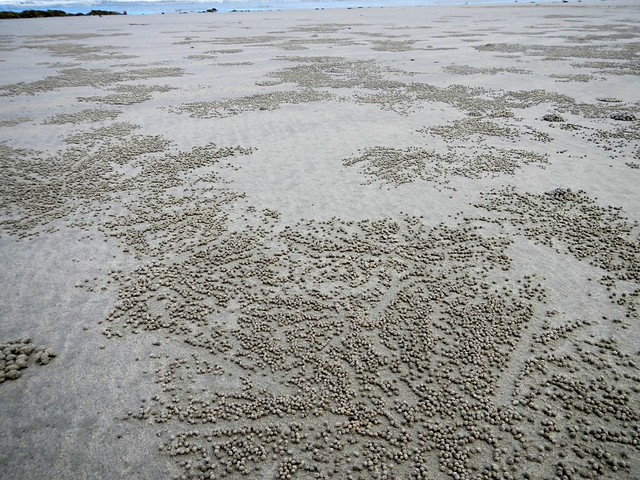
It looked to me like the crabs were making Aboriginal “Dot Art”.
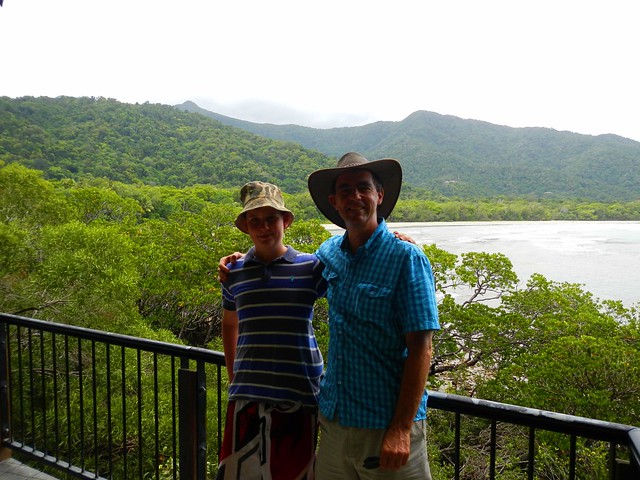
I’m so glad we were able to experience this stunning place. I’d love to go back sometime. Who knows? Perhaps I’ll bring a bike next time 🙂


